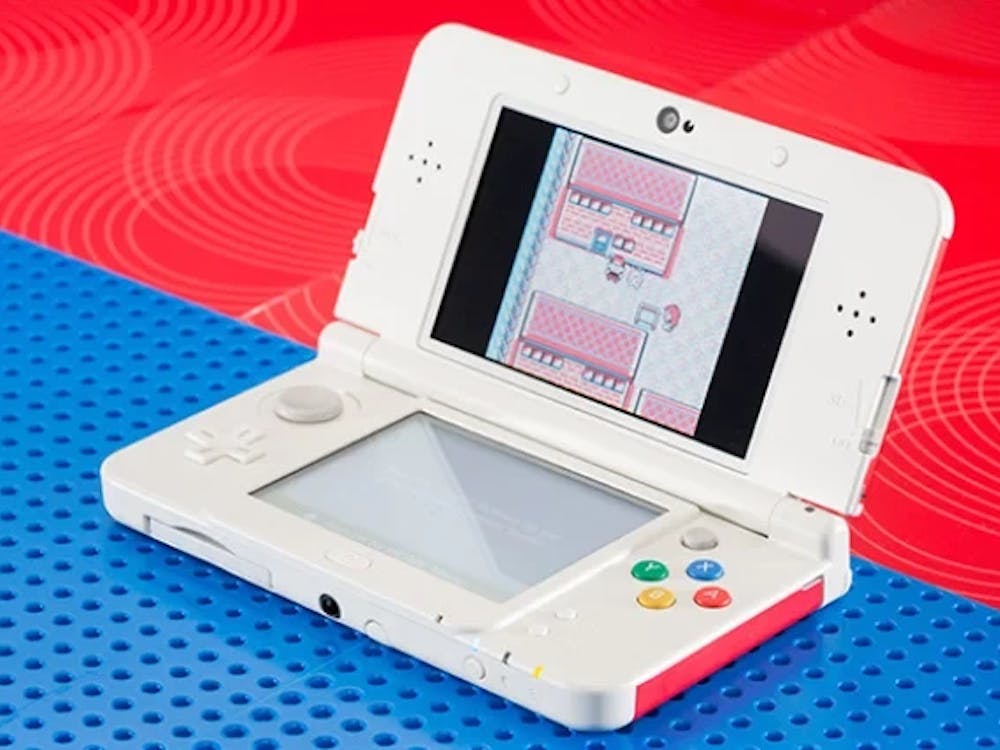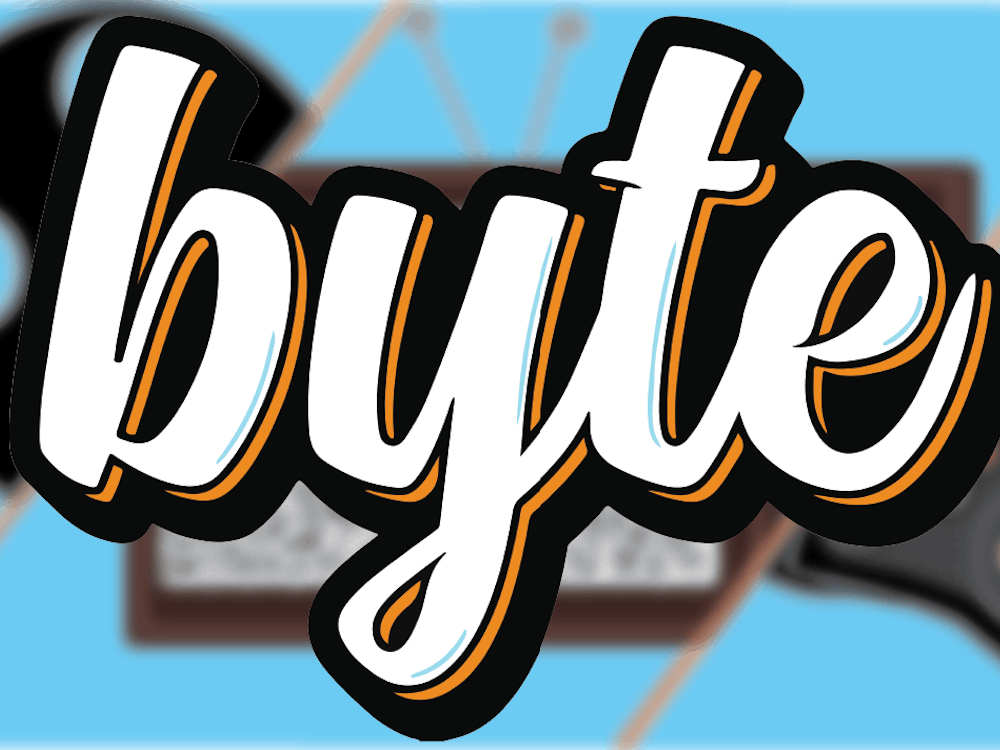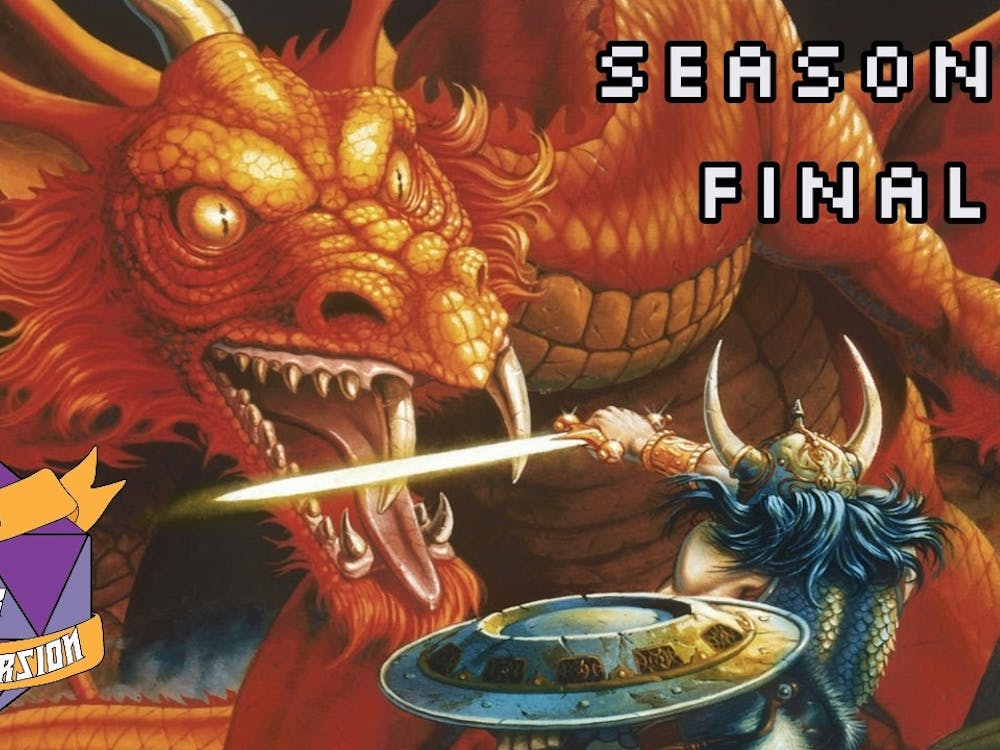The opinions and views expressed in this article are those of the author and do not reflect the opinion of Byte or Byte’s editorial board.
Super Smash Bros. is among one of Nintendo’s most hyped-up franchises, and for very good reason. Aside from the games just being incredibly fun and easily accessible to even the most casual of gamers, the series is arguably the most ambitious crossover in all of gaming, if not in all of media (sorry Infinity War). It’s hard to deny the appeal of seeing iconic characters from various Nintendo franchises duking it out in the same game, and when you add third party guest characters such as Castlevania’s Simon Belmont and Sonic the Hedgehog into the mix, the pool of potential newcomers is seemingly endless, which makes every new character announcement all the more exciting. However, Smash wasn’t always as extravagant as it is now. Like all great things, it started out small and only got bigger as time went on and subsequent games expanded on the foundation set by the original. To celebrate the upcoming release of Super Smash Bros. Ultimate, I thought it would only be appropriate to look back on the franchise’s origins and see how far it’s come since its inception nearly 20 years ago.
From Humble Beginnings
On April 27, 1992, a small Japanese game studio named HAL Laboratory released a game called Kirby’s Dream Land for the original Game Boy. The game was revered for its simple, yet engaging gameplay and it established Kirby as one of Nintendo’s core franchises. The game also marked the directorial debut of young video game developer Masahiro Sakurai, who created the character of Kirby at the young age of 19. With the success of Kirby as a franchise, Sakurai would soon become one of Nintendo’s most revered game developers and eventually become the head behind one of the company’s most beloved franchises.
Flash forward to the year 1996, which many consider to be the advent of 3D gaming. Sony’s PlayStation is proving to be a massive success, the Sega Saturn is failing to capture an audience due to Sega’s laughably poor management of the console in the West, and Nintendo is just getting ready to release its newest console onto the market, the Nintendo 64. In order to stay relevant in the currently Sony-dominated market, Nintendo had to come up with some new games to sell people on their new console. After coming off the development of Kirby Super Star, Nintendo tasked Sakurai with creating several game prototypes for the N64. One of these prototypes was for a rather unique fighting game known as Dragon King: The Fighting Game. Instead of a having a health bar like most traditional fighting games, the game featured a percentage system where the more damage a fighter takes, the farther back they’re thrown until they get knocked off. The game also featured a simple control scheme that felt more reminiscent of 2D platformers as opposed to the more restrictive, overly complicated controls of most fighting games.
As the prototype was nearing completion in 1997, Sakurai felt that the game was severely lacking in the character department. In order to counteract this, he decided to use various iconic Nintendo characters to make up the roster. With the help of Satoru Iwata, he presented a completed prototype of the game featuring Mario, Donkey Kong, Samus Aran, and Fox McCloud. Shigeru Miyamoto approved of the pitch and the game would see the light of day on January 21, 1999 as Super Smash Bros. in Japan. The game would release just a few months later in North America on April 26 of that year and prove to be a massive success, with the game selling 5 million units worldwide and spawning the beloved franchise we know and love today. Since Smash 64’s release, there has been a new Smash game on every Nintendo home console, and every one of them ends up being one of the best-selling and most critically acclaimed games on their respective system.
A Smashing Cast
The game’s roster consists of twelve fighters, with eight of them being playable as soon as you boot up the game. The initial roster comprises of the four characters from the prototype, Link, Yoshi, Kirby, and Pikachu, with an additional four fighters being unlocked through completing certain tasks in single-player. The four unlockable fighters are Luigi, Jigglypuff, Ness, and Captain Falcon. While this might be a far cry from the massive 74 character roster of Smash Ultimate, it’s still an impressive lineup all things considered. Most of Nintendo’s big flagship franchises at the time are represented well in this roster, from classics like Mario and Zelda to more recent hits like Pokemon and Star Fox. Even Earthbound’s Ness, whose game was initially a commercial failure in the west, got his time to shine in Smash and is the primary reason Earthbound has such a huge cult following overseas. This also wouldn’t be the last time Smash brought attention to a previously unknown franchise in the west, as seen with Marth and Roy’s inclusion in Melee gauging interest for Fire Emblem in the west.

Image from SmashWiki
The only characters you could possibly argue are wastes of slots are Luigi and Jigglypuff, but they have enough merit to justify their inclusion. While Luigi might just be a clone of Mario in this game, he’s still just as iconic as Mario and if any character were to make it in as a clone, Luigi would definitely be the best choice. As for Jigglypuff, while she might’ve borrowed a lot of traits from Kirby and she isn’t as iconic as other Gen 1 Pokemon, her moves are still unique enough to set her apart from Kirby and she was a popular recurring character in the Pokemon anime, so at the time it made sense for her to be the second Pokemon in the game, along with the fact that she was probably one of the easiest characters to implement due to her similarities with Kirby.
The core gameplay of Super Smash Bros. is more or less the same as the Dragon King prototype. Instead of a traditional health bar, each fighter has a percentage that starts at zero and goes up the more damage they take. The higher the player’s percentage, the farther back they fly when hit. The goal of each match is to try and knock the opposing player off the stage as many times as you can until they run out of stocks or the timer runs out. Smash is also unique in that it has a much lower barrier of entry than other fighting games. Instead of having a large list of confusing combos to memorize, all you need to know for Smash is that each character has a few regular attacks, a shield, and some special attacks, all of which can be easily triggered by the simple press of a button. You do not need to be an expert on fighting games at all to enjoy Smash, which makes it easy for anyone to jump in and have fun with the game. That isn’t to say the game is completely devoid of depth. For those who chose to dig deeper, there are quite a few unique mechanics in the game for hardcore players to master, which makes the game ripe for competitive play. In fact, Smash 64 still has an active competitive scene to this day, and while it’s nowhere near as big as Melee or Smash 4’s, it still has its own niche following which continues to grow with the rest of the competitive scene. Oh, and did I mention that not only is Kirby actually viable in this game, he’s actually the second best character behind Pikachu? For any Kirby mains who feel burned by his consistent low tier placement since Melee, you might wanna consider getting into the Smash 64 metagame. Regardless of if you’re a hardcore competitive player or someone who just wants to have fun with a few friends, Smash has a lot to offer for both crowds and the basic foundation laid out by Smash 64 has proven tried and true, with future games expanding on it with additional mechanics while keeping the core gameplay relatively the same.

Image from SmashWiki
As far as single-player content goes, there really isn’t much to delve into, which is where the game’s biggest shortcoming comes into play. There’s 1 Player mode (referred to as Classic Mode in Meleeonwards), where you have to fight through a series of single-player matches and bonus stages in order to reach the game’s final boss, Master Hand. This mode is fun to go through the first time around, but after a few playthroughs, it starts to get incredibly repetitive. The main problem the mode has is that unlike in future games where the characters you go up against are randomized, Smash 64’s Classic Mode has you facing the same predetermined characters every time, which can get extremely monotonous, especially since you have to play through it multiple times to unlock every character. The mode usually takes about 20 minutes to complete, so thankfully it doesn’t drag on for too long, but more variety would’ve done a lot to make the mode more enjoyable.
Aside from Classic Mode, you have Break the Targets and Board the Platforms, where each character has to go through a platforming course specifically designed for them where they have to break every target or touch every floating platform on the stage in a certain amount of time. These are actually really fun to go through because unlike Classic Mode, the stages change depending on who you’re playing as, which not only increases diversity, but also encourages players to try out different characters to see everything in these modes. The stages themselves are also pretty well-designed, with each of them utilizing each character’s different abilities to their fullest. As a child, I poured countless hours into these modes trying to beat my previous high score, especially Board the Platforms. But still, that’s a total of 24 unique courses, and while that isn’t a small amount by any stretch of the imagination, there’s still not a whole lot of single player content to enjoy outside of those modes or Classic Mode, so if you’re not a fan of those three, the game will pretty much just collect dust until you decide to bring it out at a party or something. There aren’t even any trophies or music tracks to collect in this game, so there isn’t any incentive to play through all the single player content once you unlocked everything.

Image from SmashWiki
While Smash 64 was a great game for its time, there really isn’t a whole lot of reason to go back to it aside from nostalgia. Regardless of how you feel about later Smash games, they all have at least one exclusive feature or character that keeps you coming back. Melee has an Adventure Mode and active competitive scene, Brawl has a story mode and is the easiest Smash game to mod, and Smash 4 has Smash Tour, that one weird board game thing nobody likes. Smash 64 on the other hand doesn’t offer anything that isn’t present in future installments. Almost every single-player feature has been present in at least one other Smash game and the original 12 characters have been mainstays in every single Smash game thus far, so you’re really not missing much by skipping this game. Still, even if Smash 64 might not hold up to other entries in the series, it’s still an interesting game to look back on just to see how far the series has come since its inception. What started off as a humble little game created by a small development team has become one of the most celebrated franchises in all of gaming. It really helps put everything about the series into perspective and makes me appreciate all the hard work Sakurai and his crew put into making each game bigger and better than the last. WithSmash Ultimate looking to be the most expansive game in the series yet, featuring every fighter from the franchise’s history and a boatload of extra content, it’s almost surreal seeing how much has improved in the past 20 years. I cannot wait to play Smash Ultimate when it releases, and after the DLC is finished, I hope Sakurai takes a long, well-deserved break from the series, because boy does he deserves it with how hard he works to get these games out.
Sources: Game Informer, SmashWiki, YouTube, Kotaku,
Images: SmashWiki, YouTube
Featured Image: Shoryuken
For more entertainment, tech, and pop culture related content, visit us at Byte BSU!



















